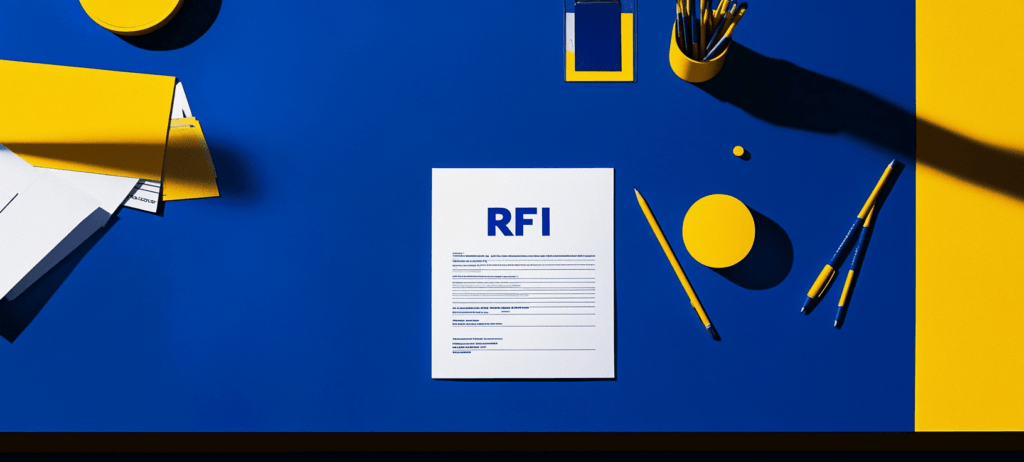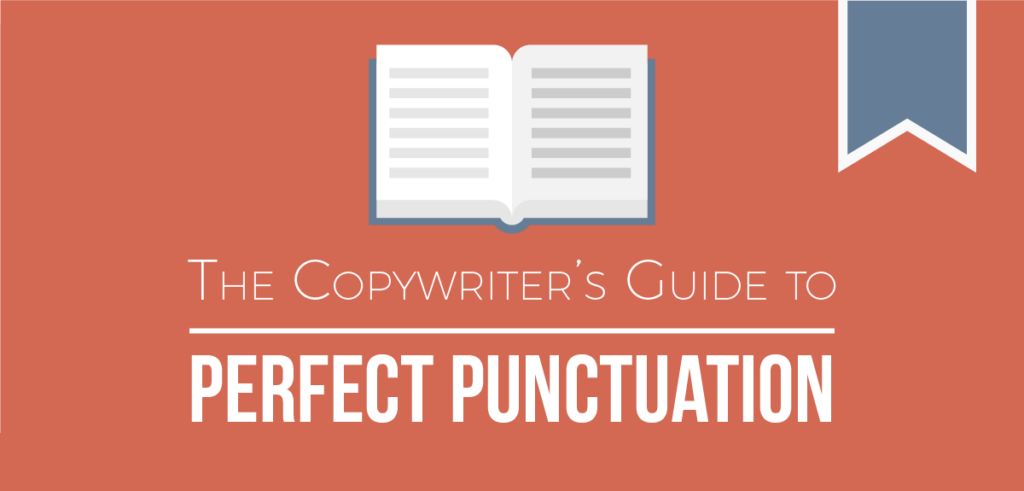-
 10 min. read
10 min. read
-
 WebFX Team
WebFX Team Digital Marketing Agency
Digital Marketing Agency
- The WebFX team is made up of more than 500 subject matter experts in digital marketing, SEO, web design and web development, social media, and more. Together, they’ve helped WebFX’s clients earn more than $6 billion in revenue from the web — and that’s just in the past five years. @webfx
Punctuation is one of the most difficult parts of the English language. Periods are easy to use. And commas are too.
But what about when you get to the more complicated stuff?
When can you use a semi-colon? Why are there three different kinds of dashes? Is it called a “slash” or a “solidus?” Are apostrophes and single quotations the same thing?
The below infographic answers all of those questions in detail. It’s an excellent resource to guide your punctuation needs, but it’s by no means definitive, and you can find sources that dispute certain parts of it. But for the purposes of the everyday writer — especially copywriters — this infographic will help you express yourself more sensibly and clearly than if you were just winging it.
Also, it has a synopsis of Romeo and Juliet because why wouldn’t we do that for an infographic about grammar? 

Punctuation #1. Periods
 Periods are the most well-known and universal forms of punctuation in the world. Practically every language uses a period or at least some symbol that indicates a “full stop” for a sentence or phrase. These three uses of the period are the most common in English.
Periods are the most well-known and universal forms of punctuation in the world. Practically every language uses a period or at least some symbol that indicates a “full stop” for a sentence or phrase. These three uses of the period are the most common in English.
There are many more, but as you collect more and more uses, you also find more and more subjective rules for them. After all, English — and all other languages — is constantly changing. There are a lot of extra rules you could add here about periods, but these are the most common uses.
Punctuation #2. Commas
 Commas are another common punctuation mark in languages. They act as a “half-period,” making readers pause after a sentence or phrase instead of fully stopping all momentum.
Commas are another common punctuation mark in languages. They act as a “half-period,” making readers pause after a sentence or phrase instead of fully stopping all momentum.
Just like periods, there are a ton of uses for commas.
In English, there’s often an implied limit to the number of commas you can use in a sentence without the sentence becoming confusing — about four or five. If you use more commas than that, you create a run-on sentence or a sentence that’s so complicated that it no longer makes sense. A good rule of thumb is that if you (or your editor) have to re-read a sentence to understand it, you need to rewrite it.
Preferably with fewer commas.
Punctuation #3. Dash
 Dashes are incredibly versatile forms of punctuation that are mostly used in informal writing. Typically, academic and legal writing avoids using dashes for simplicity. But when it comes to regular website copy or creative writing, dashes are great ways to imply tone while adhering to rules of grammar.
Dashes are incredibly versatile forms of punctuation that are mostly used in informal writing. Typically, academic and legal writing avoids using dashes for simplicity. But when it comes to regular website copy or creative writing, dashes are great ways to imply tone while adhering to rules of grammar.
Here, we’ll touch on the three kinds of dashes that are used in informal English writing.
Dash Type #1. Hyphen
 Hyphens are the most widely-used form of dashes.
Hyphens are the most widely-used form of dashes.
With a hyphen, you can show that a phrase should be interpreted as one word or express a span without using words.
You can also use them to spell out numbers like fractions or add an uncommon suffix or prefix for clarity.
But there’s more to dashes than just a hyphen.
Dash Type #2. Em Dash
 Em dashes are used similarly to colons (which we’ll discuss later). They often connect two related ideas that could be two sentences but don’t necessarily have to be.
Em dashes are used similarly to colons (which we’ll discuss later). They often connect two related ideas that could be two sentences but don’t necessarily have to be.
Em dashes can also act like commas and create asides, which are similar to appositives.
Last, there’s another common type of dash you can use in English.
Dash Type #3. En Dash
 An en dash is a highly-subjective form of punctuation. It’s frequently used in place of hyphens, em-dashes, colons, and other punctuation. But for the most part, it performs the same job as a hyphen.
An en dash is a highly-subjective form of punctuation. It’s frequently used in place of hyphens, em-dashes, colons, and other punctuation. But for the most part, it performs the same job as a hyphen.
In a nutshell, that’s most of what dashes can do in English.
Punctuation #4. Exclamation Point
 The exclamation point is straightforward — it makes things exciting.
The exclamation point is straightforward — it makes things exciting.
Whether you use it at the end of a sentence or in the middle, an exclamation point gives your sentences a little bit of extra flavor. Most of the time, you won’t find exclamation points used in copywriting unless someone is really trying to sell an idea.
In creative writing, they’re used mostly in dialogue to show a speaker’s mood or feelings.
Punctuation #5. Question Mark
 Question marks are also straightforward. They indicate questions — and that’s pretty much it.
Question marks are also straightforward. They indicate questions — and that’s pretty much it.
Simple, right?
Punctuation #6. Quotation Marks
 Quotation marks serve one primary purpose and a number of other secondary ones.
Quotation marks serve one primary purpose and a number of other secondary ones.
There are two main types of quotation marks. We’ll touch on the more common type first.
Quotation Mark #1. Double Quotation Marks
Double quotation marks are used to indicate speaker-delivered quotes and emphasized words.
While there may be other ways to use these marks, these two methods are the most common.
Quotation Mark #2. Single Quotation Marks
Single quotation marks are used to prevent confusion when double quotation marks are already in use. So if you wanted to quote someone quoting someone else, you would use double quotation marks and then single quotation marks to indicate a different speaker.
Outside of English, quotation marks and their rules vary widely.
But within English, they’re only used for a handful of purposes.
Punctuation #7. Apostrophes
 With very few exceptions, apostrophes are used to show ownership and contractions.
With very few exceptions, apostrophes are used to show ownership and contractions.
The only major exception to this rule is the word “its.” “It’s” is a contraction for “it is,” so “its” refers to possession. That subtle difference is probably one of the most confusing rules in English grammar.
Punctuation #8. Parentheses
 Parentheses are meant to add extra information to a sentence that’s helpful, but not required.
Parentheses are meant to add extra information to a sentence that’s helpful, but not required.
Whether it’s an extra thought, phrase, or sentence, parentheses act similarly to appositives (set off by commas) and asides (set off by em dashes).
Punctuation #9. Brackets
 Brackets are frequently used in technical and screenplay writing.
Brackets are frequently used in technical and screenplay writing.
They’re also used for in-sentence translations and a number of other rare, infrequent purposes.
You may never have to use brackets as you write since they serve such niche purposes.
But it’s good to know how to use them all the same.
Punctuation #10. Colon
 A colon is a full-stop punctuation mark (like a period) that connects two closely-related ideas.
A colon is a full-stop punctuation mark (like a period) that connects two closely-related ideas.
If it connects two separate sentences, the second sentence is capitalized. If it connects one sentence to a dependent clause, then the dependent clause is not capitalized.
Aside from those uses, it’s mostly used in memos, letters, and emails.
Punctuation #11. Semi-Colon
 The semi-colon is one of the most controversial forms of punctuation in English. Some people swear it has its place in linguistics, and some say it shouldn’t be used at all.
The semi-colon is one of the most controversial forms of punctuation in English. Some people swear it has its place in linguistics, and some say it shouldn’t be used at all.
Generally, you won’t have to use a semi-colon in informal copywriting because it’s so subjective.
If you have to use a semi-colon, ask yourself if you can replace it with a comma. If you can’t, it’s usually best to rewrite the sentence.
Punctuation #12. Ellipsis
 An ellipsis is an uncommon form of punctuation that’s often used in news reporting and creative writing.
An ellipsis is an uncommon form of punctuation that’s often used in news reporting and creative writing.
Its main use is to skip over words in a direct quote that doesn’t matter to the quote’s meaning. The other, more subjective use is to add drama or extreme pause to a sentence.
Either way, ellipses can be great additions to a sentence when used correctly.
Punctuation #13. Slash / Stroke / Solidus
 The slash/ stroke / solidus has an increasing number of uses in modern English because of shorthand and text-based communications.
The slash/ stroke / solidus has an increasing number of uses in modern English because of shorthand and text-based communications.
On the one hand, it’s frequently used in poetry to show stanza breaks without writing in stanza format. It can also take the place of many conjunctions.
A slash can also indicate fractions, synonyms, and approximate spans of time.
With so many different uses, the slash / stroke / solidus has almost as many uses as the comma. In the future, it may become the most useful form of punctuation in English.
Do you feel your copy has improved?
While punctuation is subjective, knowing how it’s commonly used is the first step to improving your website’s copy. Do you feel this resource can help you write better? Spread the word by posting it to your own site!
Copywriters everywhere will enjoy it.
-
 The WebFX team is made up of more than 500 subject matter experts in digital marketing, SEO, web design and web development, social media, and more. Together, they’ve helped WebFX’s clients earn more than $6 billion in revenue from the web — and that’s just in the past five years.@webfx
The WebFX team is made up of more than 500 subject matter experts in digital marketing, SEO, web design and web development, social media, and more. Together, they’ve helped WebFX’s clients earn more than $6 billion in revenue from the web — and that’s just in the past five years.@webfx -

WebFX is a full-service marketing agency with 1,100+ client reviews and a 4.9-star rating on Clutch! Find out how our expert team and revenue-accelerating tech can drive results for you! Learn more
Try our free Marketing Calculator
Craft a tailored online marketing strategy! Utilize our free Internet marketing calculator for a custom plan based on your location, reach, timeframe, and budget.
Plan Your Marketing Budget
Table of Contents
- Punctuation #1. Periods
- Punctuation #2. Commas
- Punctuation #3. Dash
- Punctuation #4. Exclamation Point
- Punctuation #5. Question Mark
- Punctuation #6. Quotation Marks
- Punctuation #7. Apostrophes
- Punctuation #8. Parentheses
- Punctuation #9. Brackets
- Punctuation #10. Colon
- Punctuation #11. Semi-Colon
- Punctuation #12. Ellipsis
- Punctuation #13. Slash / Stroke / Solidus
- Do you feel your copy has improved?

Proven Marketing Strategies

Proven Marketing Strategies
Try our free Marketing Calculator
Craft a tailored online marketing strategy! Utilize our free Internet marketing calculator for a custom plan based on your location, reach, timeframe, and budget.
Plan Your Marketing Budget
What to read next





